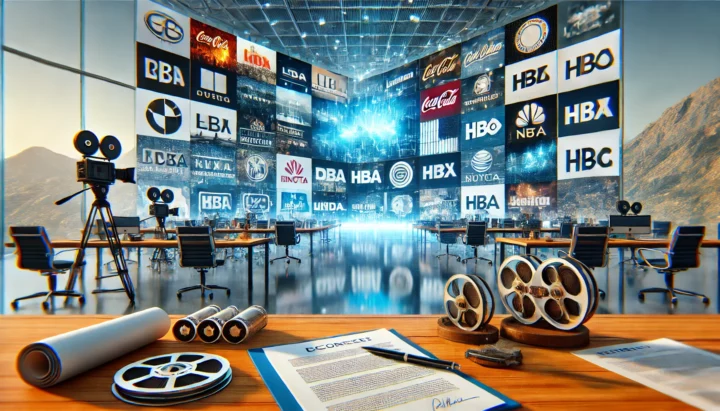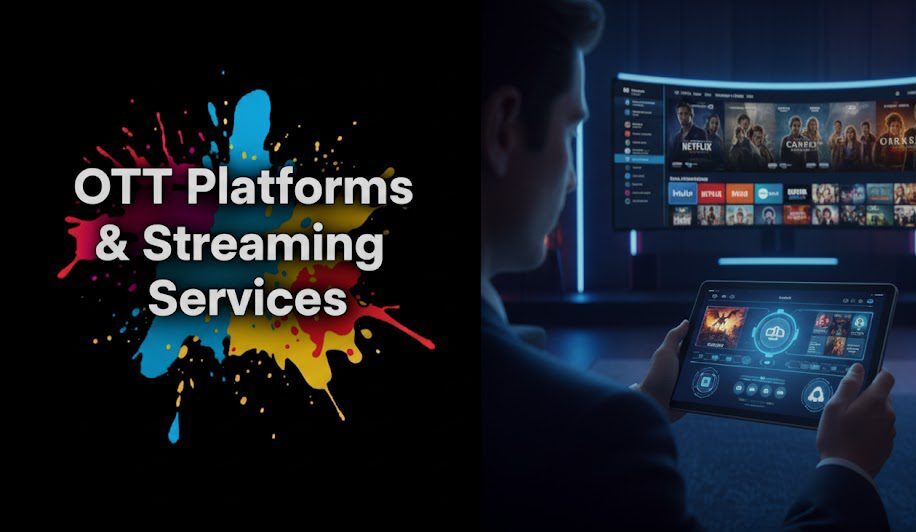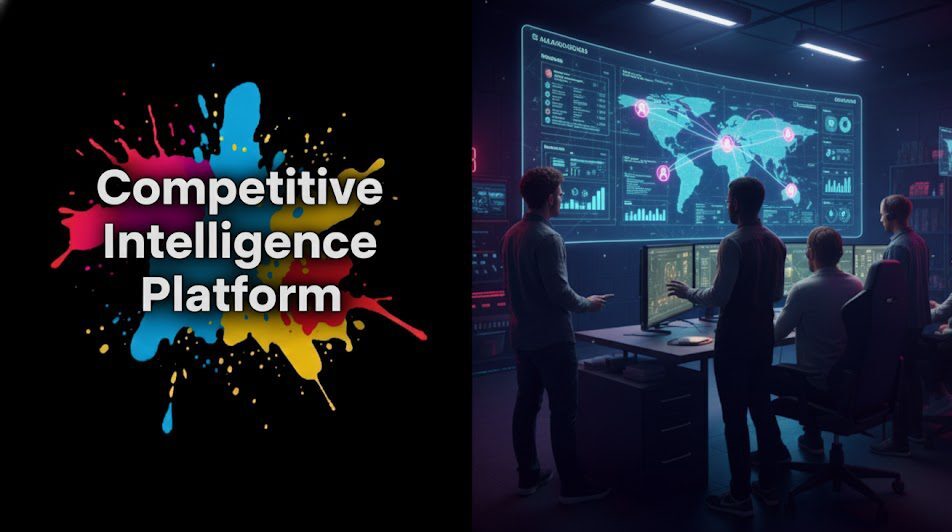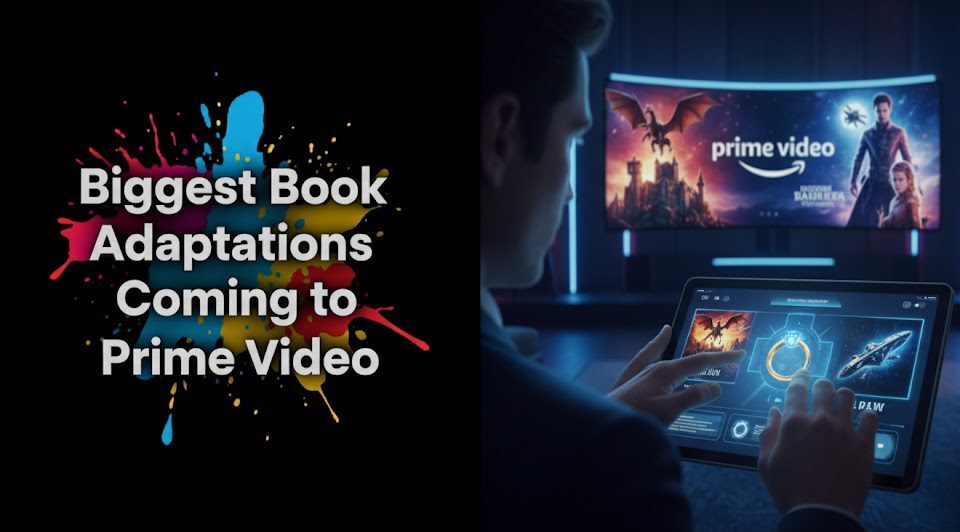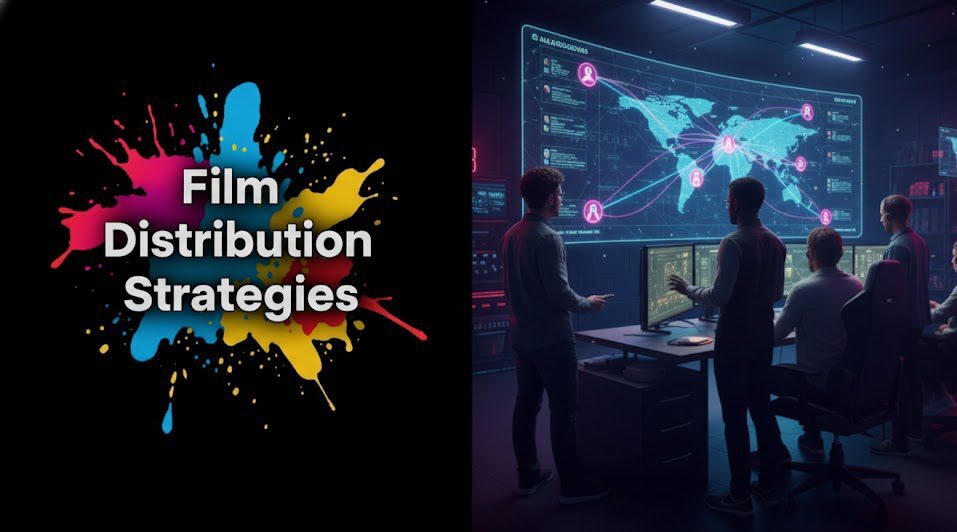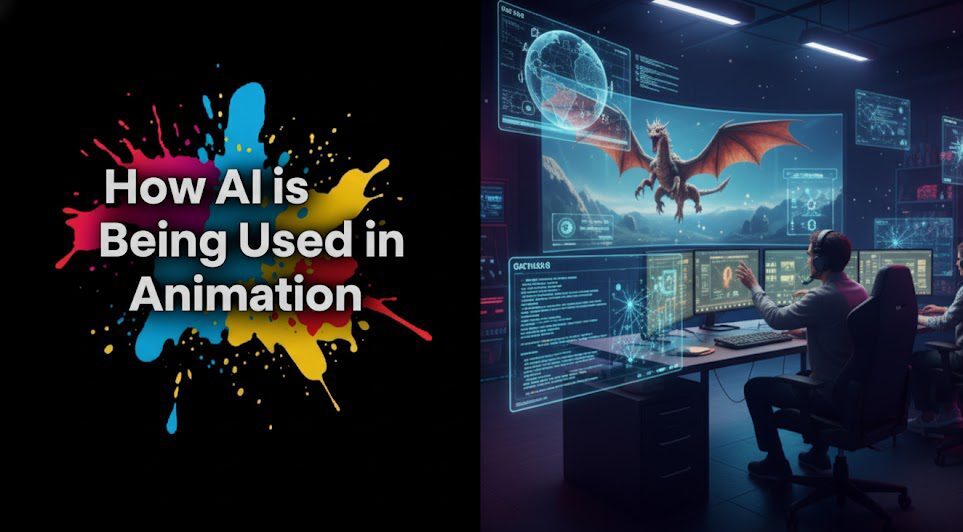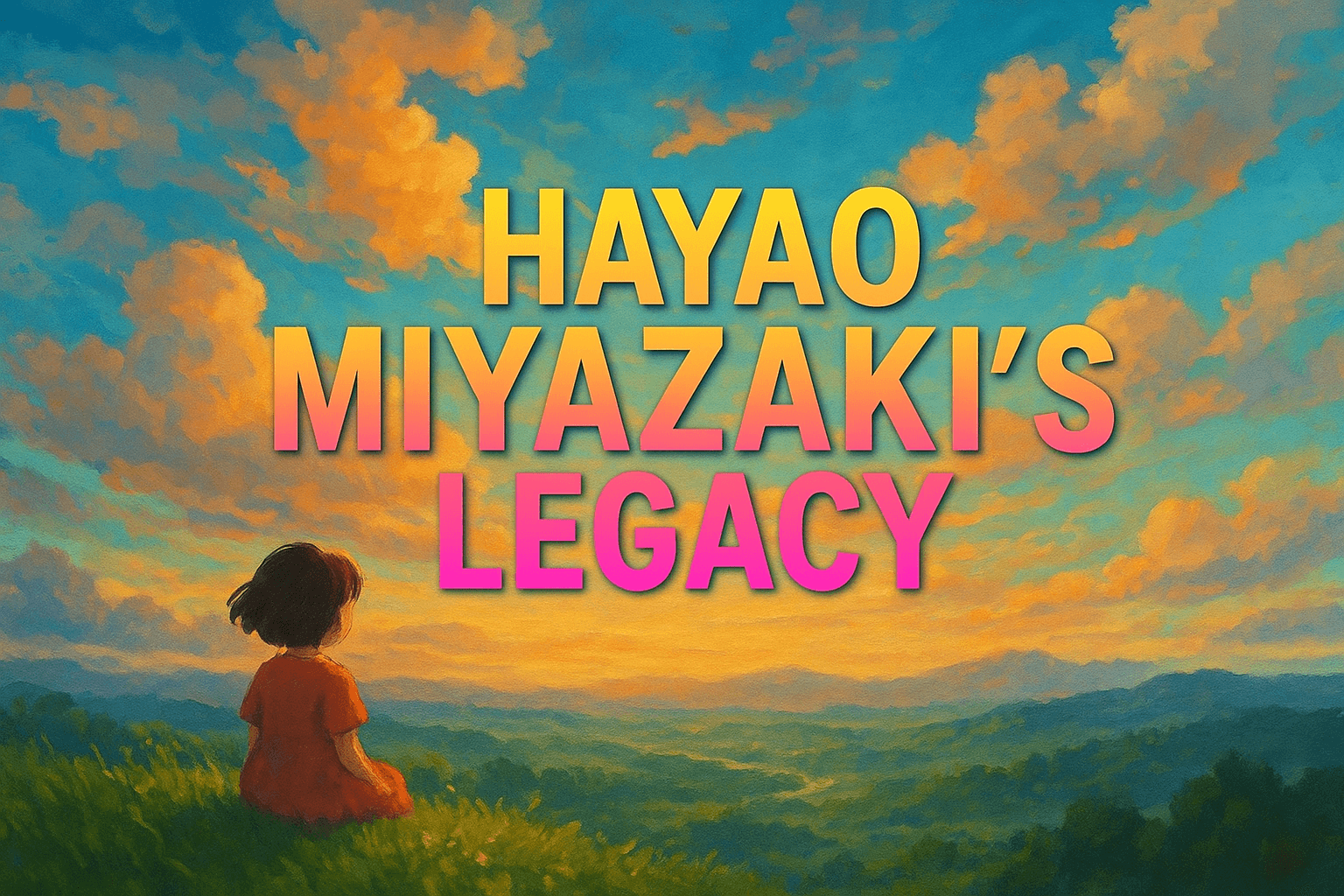Introduction
Have you ever wondered what it really means when a film or TV series gets “greenlit”? Behind every blockbuster, binge-worthy series, or groundbreaking documentary is a pivotal moment when decision-makers give the official nod — the greenlight — to move forward into production. But how does this decision actually happen? Who decides it? What’s the process behind it? And most importantly, how can entertainment professionals track, understand, and even influence this process to their advantage?
In this comprehensive guide, we’ll break down everything you need to know about the concept of a project being greenlit in the entertainment industry. You’ll explore the production approval process, key stakeholders involved, types of production deals, and the behind-the-scenes power dynamics that shape the world’s most influential content. Plus, you’ll discover how platforms like Vitrina empower entertainment professionals with insights into what’s getting greenlit and why — turning industry intel into opportunity.
Get ready to decode the greenlight process, sharpen your strategy, and make smarter decisions whether you’re a content buyer, distributor, service vendor, or creator.
Table of content
- Introduction
- What Does “Greenlit” Mean in Film & TV?
- How Films & Series Get Greenlit
- Who Decides What Gets Greenlit?
- Factors Affecting Greenlight Decisions
- Greenlight vs Development Deals
- Types of Greenlight Deals in Film & TV
- Key Benefits of Understanding the Greenlit Process
- How Vitrina Helps with Greenlit Insights
- Key Takeaways
- FAQs
Get Ahead of the Greenlight Curve

What Does “Greenlit” Mean in Film & TV?
In the entertainment industry, the term “greenlit” refers to the formal approval given to a film or television project to move forward into production. It is the industry’s ultimate sign-off — a stamp of confidence that a project has passed financial, creative, and operational scrutiny.
Greenlighting a project means it has been allocated a budget, scheduled into a production timeline, and given the go-ahead from studio or network executives. From this point on, the wheels of actual production — casting, crew hiring, location scouting, etc. — can officially start rolling.
How Films & Series Get Greenlit
The path to greenlighting is multifaceted and often lengthy. Here are the typical stages:
- Pitching & Concept Development
- Script Development & Feedback Rounds
- Budget Forecasting & Production Planning
- Executive Reviews & Feasibility Checks
- Financial Backing or Co-Production Partnerships
- Decision Committee Approval
- Formal Greenlight Announcement
Each of these stages involves cross-functional decision-making between development, financing, distribution, and marketing teams. Even an A-list script can be stalled without alignment across stakeholders.
Who Decides What Gets Greenlit?
While the decision is often attributed to top executives at studios or streaming platforms, it’s typically a collaborative decision influenced by:
- Content Commissioners
- Studio Heads
- Finance & Budgeting Departments
- Sales & Distribution Teams
- Marketing Leadership
- Co-Production Partners
Decision-makers weigh the project’s market viability, audience appeal, competitive positioning, and ROI potential before granting the greenlight.
Connect with Decision-Makers Behind Greenlit Projects

Factors Affecting Greenlight Decisions
Several dynamics impact what gets greenlit:
- Genre Trends & Audience Demand
- Track Record of the Creators/Production House
- Pre-Sales & Distribution Commitments
- International Appeal
- Production Budget and Financing Sources
- Cast & Crew Attachments
- Market Gaps and Strategic Fit
Even geopolitical shifts or cultural movements can influence what types of stories get greenlit.
Greenlight vs Development Deals
A development deal is an early-stage agreement where the idea is supported for further exploration — such as scriptwriting or concept art. It doesn’t guarantee production.
A greenlight, however, is a full production commitment with timelines, budgets, and stakeholder accountability. Think of it as the graduation from “idea” to “execution.”
Types of Greenlight Deals in Film & TV
- Studio Greenlight – Backed by a major studio with full in-house production.
- Co-Production Greenlight – Multiple partners jointly fund and produce the project.
- Independent Greenlight – Greenlit by an indie financier or boutique distributor.
- Streamer Greenlight – Platforms like Netflix, Amazon, Disney+ directly approve projects.
Each deal type comes with different levels of creative control, budget risk, and revenue share structures.
Key Benefits of Understanding the Greenlit Process
- Forecast Market Trends Early
- Plan Service Outreach Strategically
- Track Content Acquisitions by Streamers/Studios
- Discover Emerging Production Hubs
- Position Your Services Proactively
- Gain Competitive Intelligence
Knowing what’s getting greenlit — and by whom — can sharpen your business development approach and strengthen partnerships.
How Vitrina Helps with Greenlit Insights
Vitrina is your all-in-one intelligence platform to decode and act on global greenlighting activity. Through the Vitrina Global Film+TV Projects Tracker, members can:
- Track every film and TV project worldwide — daily updated
- Discover which projects have been greenlit, who approved them, and when
- View deep metadata and production company profiles
- Access verified contacts of decision-makers
- Integrate insights directly into your CRM or Sales Pipeline
- Identify early-stage projects for service outreach or co-production pitch
From Netflix’s animation scouting in Asia to Globo’s Co-Pro planning, leading entertainment giants use Vitrina to stay ahead of what’s being greenlit globally.
Key Takeaways
- A project is “greenlit” when it receives official production approval.
- Greenlighting decisions are strategic, financial, and creative.
- Understanding the greenlight process sharpens your business edge.
- Vitrina helps you stay ahead by tracking greenlit projects and decision-makers in real time.
Frequently Asked Questions
Not exactly. Greenlighting allows production to start, but actual execution may follow later based on timelines and schedules.
Yes, due to budget cuts, executive changes, or market shifts, greenlit projects can be shelved.
Vitrina’s Global Projects Tracker gives you daily updates on greenlit films and series across the world.


